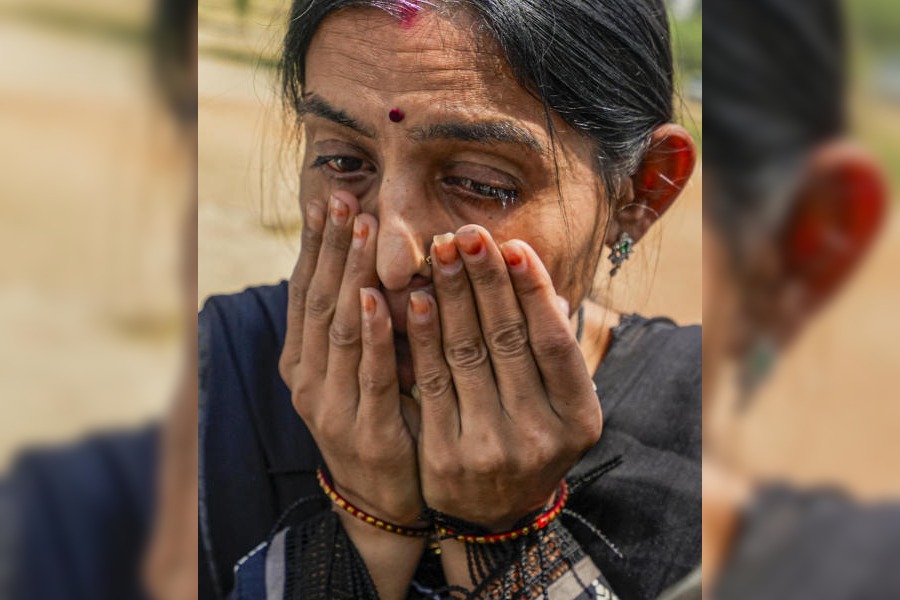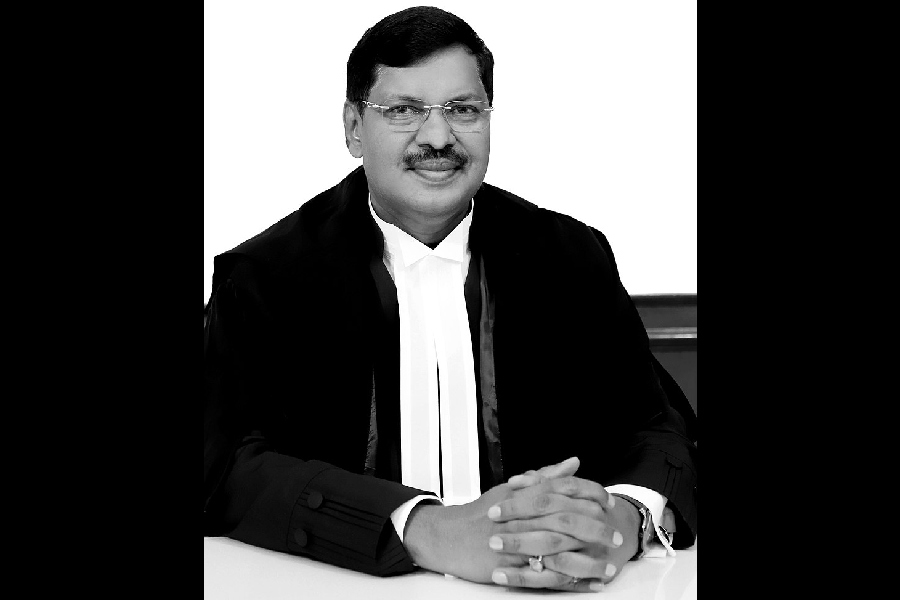 |
• Meet Rishab, 16, a Class X student of a reputed English-medium school in south Calcutta. Belonging to an affluent family, he is the second child of his parents. Rishab is also a substance abuser and a self-admitted addict for the past year.
• Bhaskar, 12, a Class VI pupil of a prominent English-medium school in the port area, is an only child. His academic brilliance and sporting skills in school took a beating after he got into substance abuse. Today, he is addicted to inhalants, sleeping pills and expectorants.
• All of 17, Tia is a typical middle-class Bengali girl who wanted to be a part of the ?hip crowd? of the 11th standard in school. To gain acceptability, she started abusing pills and smoking cannabis.
According to medical experts, addiction and abuse is rising at an alarming rate in the city, especially in upmarket English-medium schools, including the top institutions, co-educational or otherwise.
A growing number of concerned guardians are taking their wards to counsellors after going through hell at home, with the hope of returning to a normal life.
?Adolescents aged between 13 and 19 are most vulnerable to substance abuse and addiction, and the problem is definitely assuming epidemic proportions among schoolchildren,? said Sandip Mitra, a counsellor associated with Kripa Counselling, De-addiction and Rehabilitation Centre.
?Sending addicts to hospital for detoxification is risky, since the patient may develop multiple addictions, given that sleeping pills comprise the staple medication,? he warned. ?A more effective rehabilitation, where the entire family is counselled to tackle the problem, is needed.?
According to Mitra, of the 60,000-plus adolescents studying in such institutions, about 2,000 are substance abusers and have an addiction problem. Three years ago, the figure was around 900.
The parents of substance abusers were in for a rude shock when they tried to find out why their children were experiencing mood swings, behavioural disorders and gradual academic degeneration.
Tia?s mother, Sonali Guha, was unaware that her child was having trouble adjusting to her school environment.
?Tia is not very fluent in English and had problems with her classmates. We had recently put her in an English-medium school, and she was experiencing a cultural divide, which we were unaware of,? Guha said.
?About a year ago, she started making many friends, who would often drop over at our home on various pretexts. Only after we consulted a psychiatrist about her dropping grades did we come to know about her drug problem,? Guha added.
Rishab?s father, Sunil Chatterjee, was also caught unawares. ?My son would sleep late into the day. When we asked him about it, he would say that he was burning the midnight oil, and we would be satisfied. Now, we know that Rishab would take sleeping pills every night,? he said.
Bhaskar?s problem surfaced when his mother complained about his violent behaviour whenever she refused to give him cash over and above his allowance. ?How were we supposed to know that the money was being spent on drugs and not on outings with friends?? asked his father, Sankha Ghosh.
?The most commonly abused substances are glue, adhesives, solvents and pills,? said Sunita Singh, who conducts counselling sessions at reputed English-medium schools in the city.
The ?prescription drugs? popular among students, which are not supposed to be sold over the counter without a prescription from a registered medical practitioner, include those meant for patients experiencing acute pain, violent spasms or insomnia.
Singh believes that adolescents tend to pick up behavioural traits of substance abuse, such as smoking, chewing pan or gutka, or regularly taking sleeping pills, from their immediate environment right from childhood.
?The child almost always picks up the habit from an elder person, usually within the family. Peer pressure is also a considerable factor,? she said.
According to counsellor Mitra, there are no treatment facilities for females in Calcutta, and the phenomenon goes unnoticed because of stigma.
At a recent camp in a city college, about 90 per cent of the students admitted to having done drugs, and about 20 per cent said they had a problem of addiction.
The camp participants were from the arts section, and mostly female.











